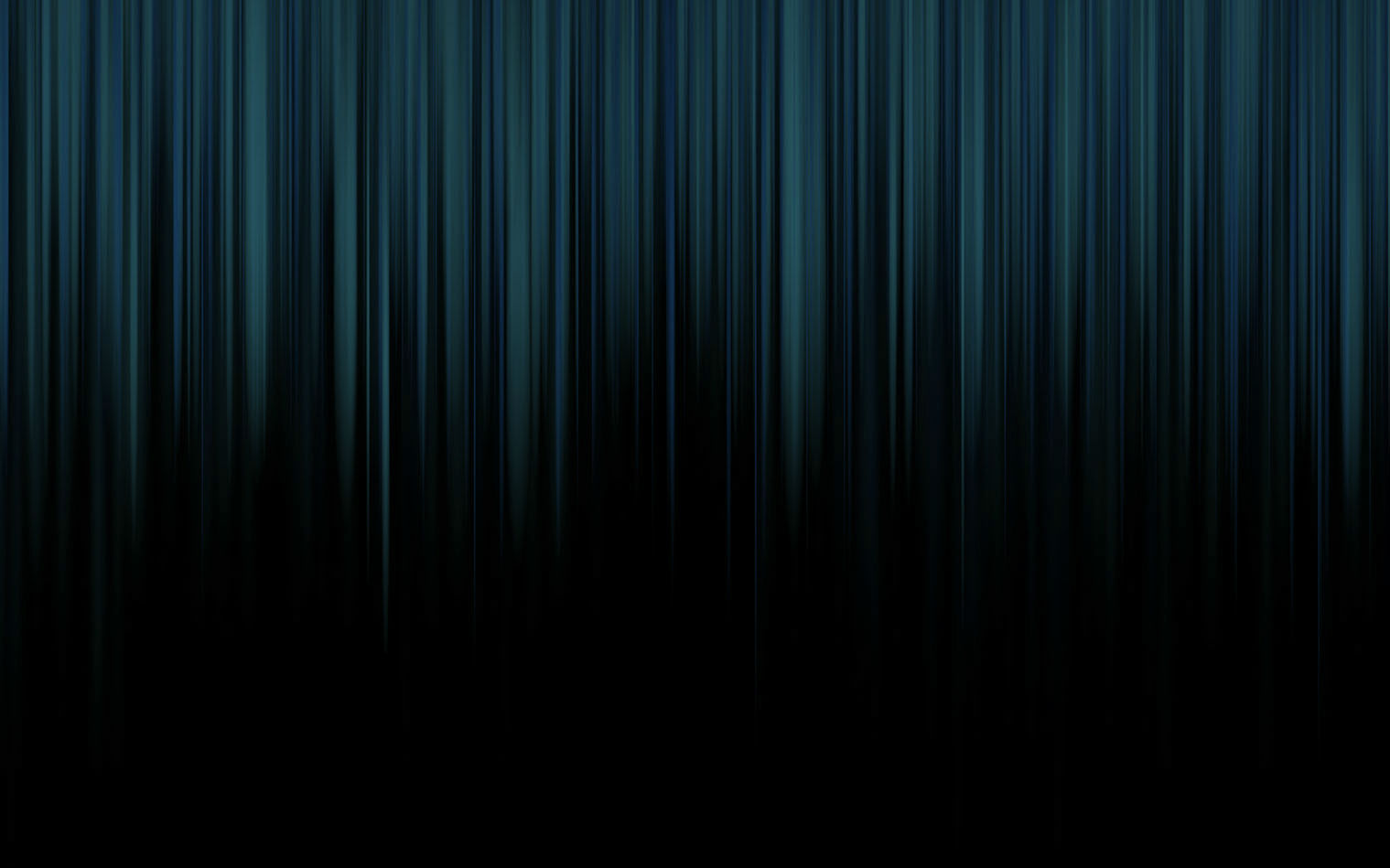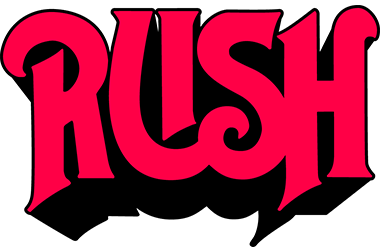
|
by Bill O'Leary May 2021 |
FOREWORD
INTRODUCTION
MOVING PICTURES TOUR - Madison Square Garden (NYC) May 18, 1981
PERMANENT WAVES TOUR - The Palladium (NYC) May 8, 10 & 11, 1980, Nassau Coliseum (Long Island) May 23, 1980
HEMISPHERES TOUR - Auditorium Arena (Denver, CO) March 28, 1979
FOREWORD
If I was forced to pick a three-album span that captures Rush at their almighty peak, I'd be quite comfortable going with their exceptional 1978-1981 period — during which time they issued 1978's Hemispheres, 1980's Permanent Waves, and 1981's Moving Pictures. And this was also one of the most important musical phases for the band — you could hear the trio (singer/bassist Geddy Lee, guitarist Alex Lifeson, and drummer Neil Peart) shift from their prog roots, and embrace more succinct song structures, thanks to their discovery of new wave. And the group would even undergo a massive change look-wise — the long hair would be snipped off (Geddy being the only holdout when it came to visiting the barber) and blazers/ties would be sported. And the move paid off — as it was this era in which Rush conquered the charts and became global arena headliners — thanks to the arrival of such all-time great classics as "The Spirit of Radio," "Freewill," "Tom Sawyer," "Red Barchetta," "Limelight," etc. But despite this "streamlining," all three Rush-ers remained among the very best musicians in all of rock (case in point, "La Villa Strangiato" and "YYZ").
And it just so happens that rock photographer Bill O'Leary took simply amazing photographs from several shows during this period — with the best shots compiled in this book you are gazing at right now, A Visual Time Capsule, which does an outstanding job of capturing this exciting time. At this point, I'd like to share a personal Rush-related item with you — as the author of quite a few rock books and a long-time journalist, I've had the pleasure of interviewing both Geddy (for the book Primus: Over the Electric Grapevine, Insight into Primus and the World of Les Claypool) and Alex (for the book Avatar Of The Electric Guitar: The Genius Of Jimi Hendrix, and he was kind enough to pen the foreword for another book, Shredders!: The Oral History Of Speed Guitar and More). They say, "You should never meet your heroes," but both could not have been nicer and more open to a friendly chat. And one last Rush-related tidbit from my past that may tickle your fancy — I was lucky to take guitar lessons one summer with John Petrucci, before he hit it big as a guitar hero with prog-metallists Dream Theater. And I clearly recall one lesson was dedicated solely to dissecting and learning all the parts — including the guitar solo — to a Rush song ("Xanadu")! So now, without further adieu, take it away, Bill...
INTRODUCTION
I remember I first heard RUSH back in the winter of 1976-1977, when a high school friend played me the eight-track tape version of All the World's a Stage in his 1976 Pontiac Trans Am. I was immediately blown away by what I heard and proceeded to purchase their previous four albums the very next day. My love for the music of RUSH was born right then and there, and has continued all these years later. Since that first time hearing RUSH, their music, and the fact that they were from Canada, has always reminded me of winter. In fact, my very first live RUSH show was in the early winter of late November in Erie, Pennsylvania on their A Farewell to Kings tour, a night that guaranteed my future participation in as many tours as I could get to, and photograph as it would later turn out. In the pages that lay ahead, are some of my favorite concert moments with RUSH from the early days for myself at least, and what many fans would consider their "peak" period — Hemispheres to Permanent Waves to Moving Pictures (the band's best-selling album). This book stands only as the title suggests, a visual time capsule of a short time-period in the 45-year career of my favorite band, RUSH. Best viewed when playing the music of RUSH...
Madison Square Garden (NYC) May 18, 1981
The Moving Pictures Tour would be the sixth time I photographed RUSH. The venue this time was the famous Madison Square Garden in New York City. I later found out this was the very first time that RUSH had ever played there, the legendary venue that every band dreamed of playing at some point in their career. Due to the immediate success of the album, released three months earlier on February 12, 1981, the show this night was a complete sellout with some 17,000 diehard RUSH fans in attendance. I had secured a front row seat directly in front of Alex Lifeson, and so began the anticipation of not just being there, but also, photographing one of my favorite bands at the peak of their success. Canadian rockers FM was the opening band — which included Ben Mink, who would later work with Geddy Lee on his solo album, My Favorite Headache.
After a brief set change, it was time for the headliner, RUSH. Along with my usual pre-shoot routine I go through (making sure my equipment is set correctly, film loaded, etc.), I have always found myself studying the bands equipment, backline, and of course, the mystery of what lies beneath the black preshow covering that would soon reveal the latest glistening drum set of the great Neil Peart. As soon as the house lights went down and the crowd began to roar, we are off and running, Rush opens with an abbreviated "2112," with "Overture" leading into "The Temples of Syrinx." A highlight for me was hearing Alex — loud and clear — through his Marshall and Hiwatt combo rig, ripping his guitar parts in "YYZ." Guitar heaven, for sure. This show was also the first time I had seen Alex playing Fender Stratocasters as much as he did. While you enjoy my images from this performance, here is a suggestion — the images come to life accompanied by the music off the Moving Pictures album, at least for me...







Rush: A Visual Time Capsule

